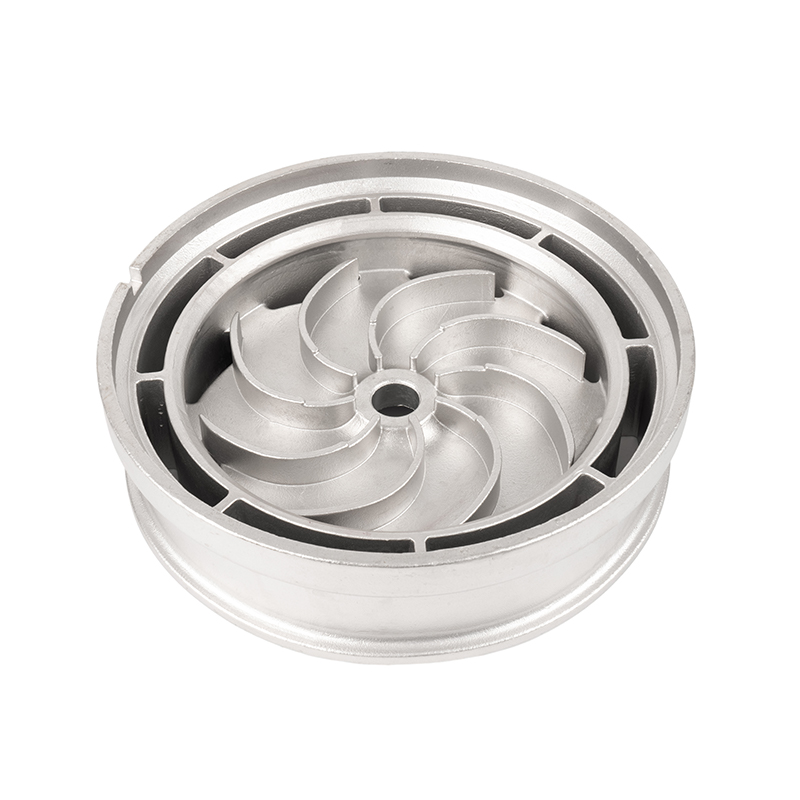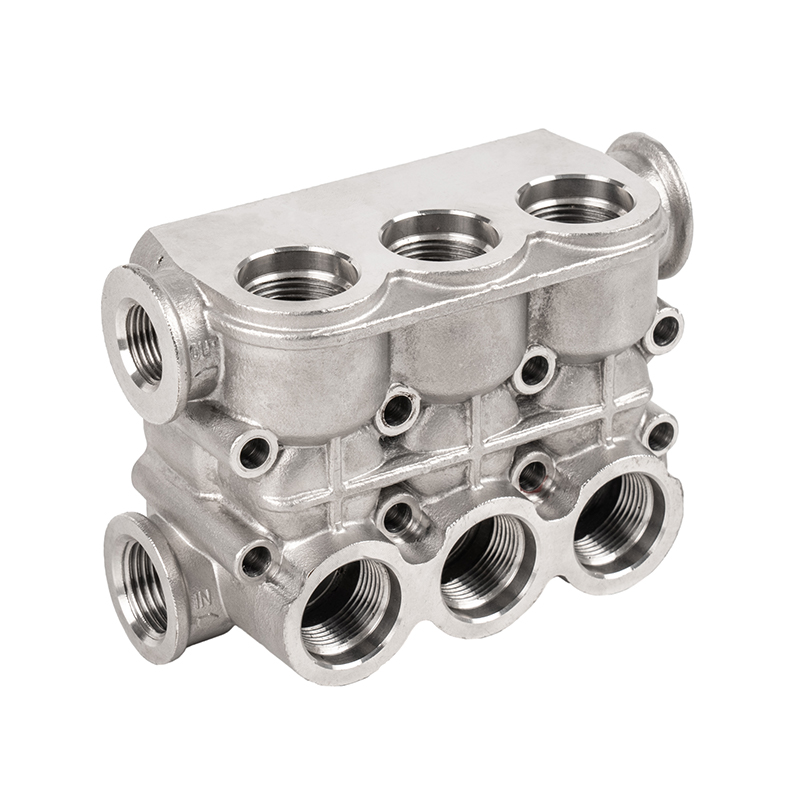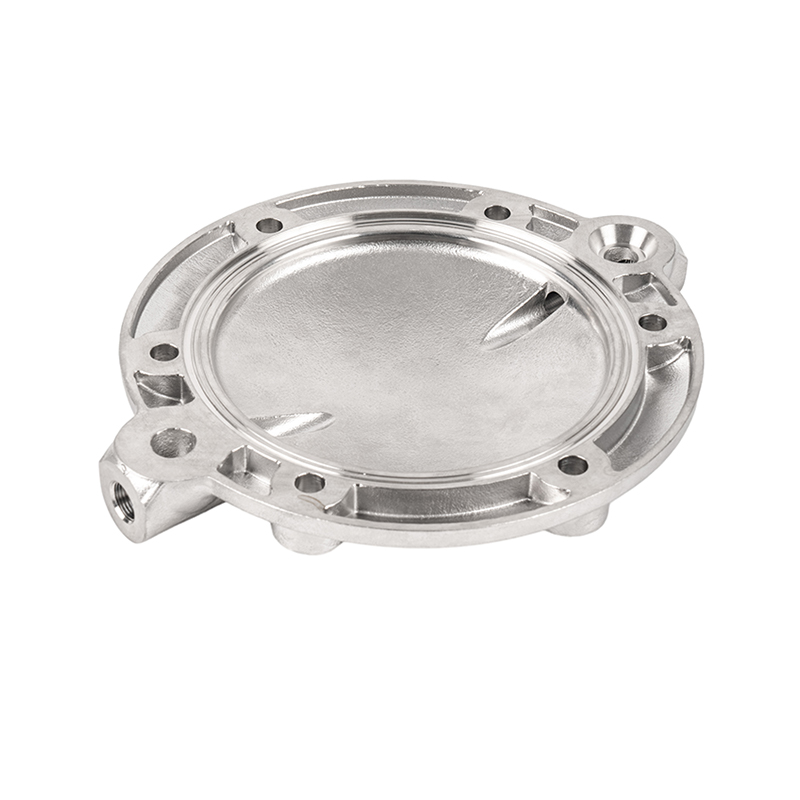How to solve the problem of air holes in pneumatic mechanical castings
In the field of pneumatic mechanical casting, pore defects are a common and important problem that requires urgent attention. Porosity will not only have a negative impact on the appearance quality of the casting, but will also significantly reduce its mechanical properties and durability. In severe cases, it may even cause the casting to break or fail in actual use. Therefore, an in-depth understanding of the formation mechanism of pores and their preventive measures is crucial to improving the overall quality of castings.
Causes of stomata formation
There are many reasons for the occurrence of stomata, which can be summarized as follows:
Dissolved gases in liquid metal: During the metal smelting process, the metal liquid will absorb a certain amount of gases, including hydrogen, oxygen, nitrogen, etc. When the molten metal cools and begins to solidify, the solubility of these gases decreases significantly. If the gases fail to escape in time, pores will be formed inside the casting.
Poor mold exhaust: Unreasonable mold design or blockage of the exhaust channel will cause gas to accumulate in the mold cavity, and then be wrapped by the molten metal during the pouring process, forming pores.
Improper design of the gating system: The design of the gating system directly affects the flow characteristics and pressure of the molten metal. If the design is unreasonable, it may cause intermittent flow of molten metal during the pouring process, thereby increasing the risk of gas being trapped inside the casting.
Impurities in molten metal: Impurities such as oxides and sulfides present in molten metal will decompose and release gas during the pouring process. If these gases are not discharged in time, pores will form in the casting.
Measures to solve the problem of stomata
In order to effectively reduce or avoid the occurrence of pores, the following measures can be widely applied:
Optimize the smelting process: The degassing treatment of molten metal must be strengthened, such as using advanced methods such as vacuum degassing or blowing degassing, to reduce the gas content in the molten metal. In addition, the melting temperature and holding time should be strictly controlled to avoid overheating or long-term holding of the molten metal to reduce the solubility of gas.
Improve mold design: It is crucial to optimize the exhaust system of the mold to ensure that the gas can be discharged smoothly. At the same time, the preheating treatment of the mold is strengthened to reduce the temperature difference between the mold and the molten metal, thereby reducing the possibility of gas generation.
Optimize the gating system: Reasonably design the shape and size of the gating system to ensure that molten metal can flow into the mold cavity smoothly and evenly. Control the pouring speed and pressure to avoid intermittent flow and eddy currents in the molten metal, which can effectively reduce the chance of gas being trapped in the casting.
Strengthen the control during the casting process: Strictly monitor the casting temperature and cooling rate to avoid excessive cooling of the molten metal, resulting in gas failure to escape in time. At the same time, the control of grain boundaries during the casting process is strengthened to reduce the gas content between grains.
Choose appropriate casting materials: Using casting materials that can reduce the generation of pores, such as increasing silicon content, reducing oxygen content, etc., can effectively reduce the formation of pores during the casting process.
Control during casting processing: During the subsequent processing of castings, operations such as rotation and cutting should be minimized to avoid exposing pores to the surface of the casting. Castings that have developed pores can be repaired through repair methods such as repair welding and hot pressing. The appropriate repair plan can be selected based on the size and location of the pores.


 English
English Español
Español русский
русский 中文简体
中文简体

















